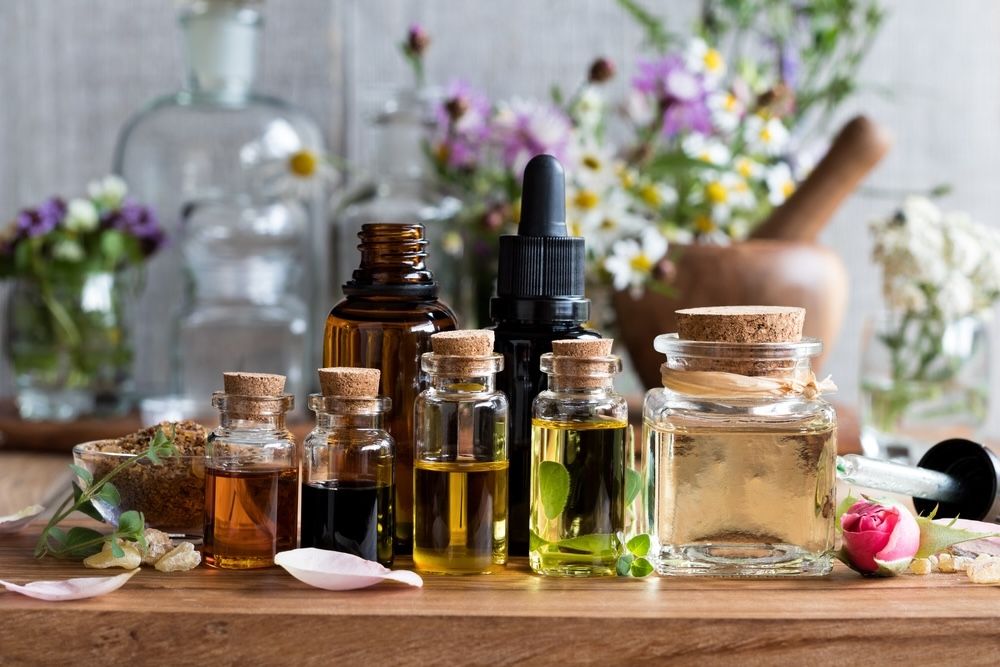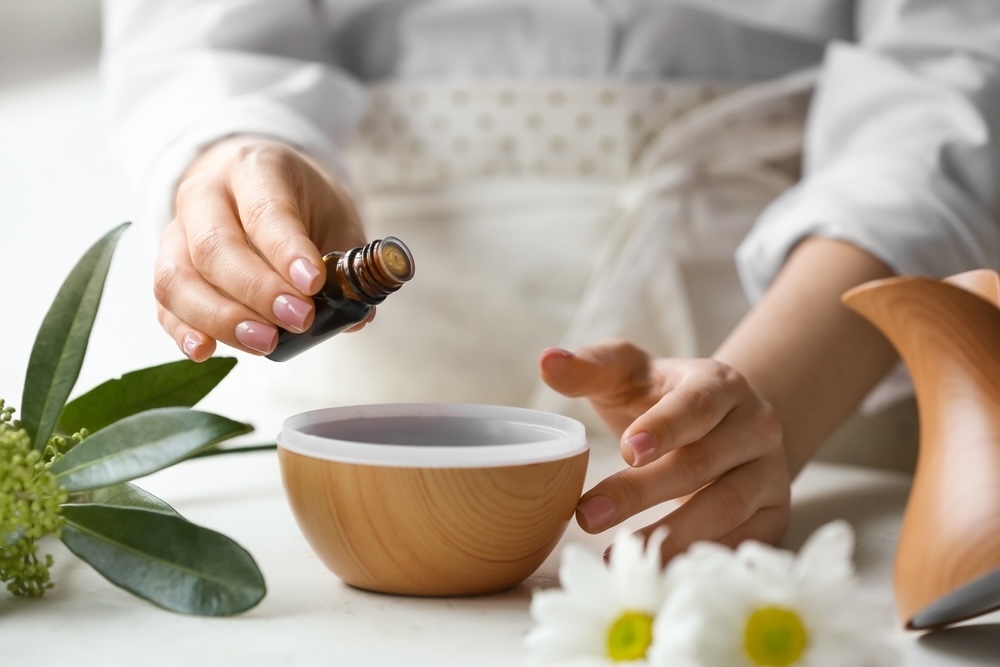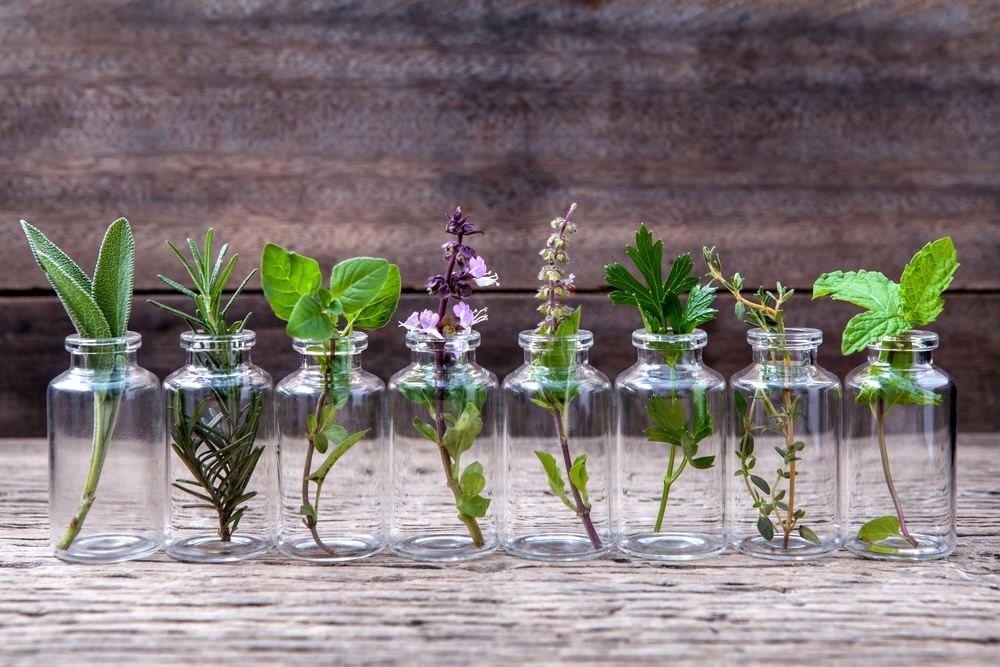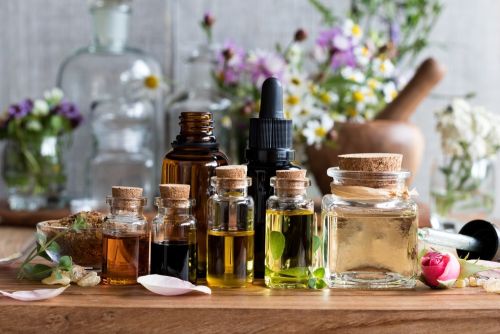Make DIY Essential Oil at Home

Creating essential oils at home can be a rewarding and aromatic journey, allowing you to capture the essence of your favorite herbs and flowers right in your own kitchen. While commercial essential oil production often utilizes advanced distillation technologies to extract highly concentrated oils, home enthusiasts can employ simpler methods like steam distillation or solvent extraction to produce their aromatic oils. Although these home-produced oils may not achieve the same concentration levels as commercially available products, they still retain the delightful scents and some therapeutic properties of the original plants.
Steam distillation, one of the most accessible methods for home extraction, involves passing steam through plant material to vaporize the volatile compounds, which then condense back into a liquid form. This guide will take you through the step-by-step process of setting up a basic home distillation apparatus to create your essential oils. From selecting the right plant materials to setting up your distillation environment, you'll learn how to unlock the fragrant potential of plants in a simple and satisfying way.

Here’s a basic guide on how to make an essential oil using the steam distillation method:
Materials Needed
Fresh herbs or flowers (like lavender, rosemary, mint, or rose petals)
A large pot
A steaming basket or a heat-safe bowl
Ice
A glass container with a lid
Water
Instructions
Prepare Plant Material: Gather the fresh herbs or flowers. It’s important that they are clean and free from chemicals. Chop or bruise the plant material to help release the oils.
Setup for Distillation:
Fill the large pot about halfway with water.
Place the steaming basket or heat-safe bowl inside the pot. The plant material should go into the basket or bowl, and it should not touch the water directly.
Place a glass bowl or container in the center of the plant material if using a steaming basket. This will collect the essential oil and water mixture.
Distillation:
Invert the lid of the pot upside down (so the handle is pointing inward) and place it on the pot. This helps direct the condensed steam (which contains the essential oil) into the collection container.
Bring the water to a simmer. As the water heats, it will create steam that passes through the plant material, capturing the essential oil.
Place ice on top of the inverted lid. The contrast between the hot steam and cold lid will help the steam to condense and drip into the collection container.
Collecting the Oil:
Once the distillation process is complete (usually after a few hours), turn off the heat and carefully remove the lid.
Extract the collection container. You will have a mixture of essential oil and water. Since oil and water do not mix, the essential oil will float on top.
Use a pipette or carefully pour to separate the oil from the water.
Note
The yield will be much less concentrated than commercial oils and might require more plant material to produce a small amount of oil.
The homemade oil should be used quickly or stored properly as it may not contain preservatives and can degrade or become rancid over time.
This method is relatively simple and can be a fun DIY project. Just be mindful that extracting oils at home won’t necessarily produce therapeutic-grade oils. However, they can still be great for aromatherapy, crafting homemade beauty products, or for use in home diffusers.

You can use a simpler method to make essential oil infusions at home, which doesn't require distillation equipment. This method involves using a carrier oil to extract the aromatic components from plants. It won't produce a "true" essential oil, but it will create a fragrant oil that carries many of the plant's scents and beneficial properties.
Here’s how to do it:
Materials Needed
Fresh or dried herbs or flowers (like lavender, rosemary, mint, or chamomile)
A carrier oil (such as almond oil, jojoba oil, or olive oil)
A clean glass jar with a tight-fitting lid
A strainer or cheesecloth
Instructions
Prepare Plant Material: Choose either fresh or dried herbs or flowers. Fresh plants should be let to wilt for a day or two to reduce moisture content, which can cause the oil to spoil. Chop or bruise the plants slightly to help release their aromatic compounds.
Jar Filling:
Place the plant material in the glass jar.
Pour the carrier oil over the plants until they are completely submerged. Make sure all plant parts are covered to prevent potential molding.
Infusing the Oil:
Seal the jar tightly and place it in a warm, sunny spot like a windowsill.
Let the jar sit for 2-6 weeks, shaking it every few days to help the oils mix and extract the plant essences.
Straining the Oil:
After the infusion period, open the jar and strain the oil through a cheesecloth or fine strainer into another clean glass jar or bottle. Make sure to squeeze out as much oil as possible from the plant material.
Discard the plant residues.
Storage:
Label the jar with the date and type of plant used.
Store the infused oil in a cool, dark place. The oil should be used within a year, as it does not contain preservatives and can degrade or become rancid over time.
This method produces a fragrant oil that can be used for skin care, massage, in homemade beauty products, or for aromatherapy. It’s easier and safer than steam distillation, making it a great choice for beginners looking to explore homemade botanical extracts.

Use of Essential Oils
Essential oils offer a natural alternative to many chemical products, tapping into the potent properties of plants. However, they should be used with care, as they are powerful extracts and can cause adverse reactions if not handled correctly. Essential oils are incredibly versatile and can be used for a wide range of purposes. Here are some of the most common uses:
Aromatherapy: Perhaps the most well-known use of essential oils, they are often used in aromatherapy to promote emotional and psychological well-being. Different oils can evoke various moods, such as relaxation, alertness, or relief from stress and anxiety.
Skincare: Many essential oils have beneficial properties for the skin. For example, tea tree oil has antibacterial and antifungal properties, making it excellent for treating acne and other skin conditions. Lavender oil is popular for its soothing effects and can help with sunburns and minor cuts.
Medicinal Uses: Some essential oils are used for their therapeutic properties. Eucalyptus oil, for instance, is often used to relieve congestion and respiratory issues. Peppermint oil can help alleviate headaches and muscle pain.
Cleaning Products: Essential oils are frequently used in natural cleaning products due to their antibacterial and antiseptic qualities. Lemon, pine, and peppermint are common choices for homemade cleaners that not only clean effectively but also leave a pleasant scent.
Natural Pesticides: Some oils, like citronella, eucalyptus, and lemongrass, are effective at repelling insects and can be used as natural alternatives to chemical pesticides.
Personal Care Products: Essential oils are added to a variety of personal care products, such as shampoos, conditioners, soaps, and deodorants for their scents and therapeutic properties.
Flavoring: Some essential oils can be used for flavoring in cooking. However, it's important to use food-grade oils and in very small quantities, as they are highly concentrated.
Pain Relief: Oils like lavender, chamomile, and frankincense are known for their analgesic properties and are often used in formulations to relieve pain, such as in creams and ointments used for joint and muscle pain.
Sleep and Relaxation: Essential oils like lavender, chamomile, and vetiver are popular for their calming effects and are often used in sleep aids and to promote relaxation.
Spiritual and Ritualistic Uses: In many cultures, essential oils are used for spiritual purposes, such as in meditation and religious ceremonies, to cleanse spaces and elevate the spirit.
Topics
Check more articles on our blog

Make DIY Essential Oil at Home

How to Recycle and Repurpose Old Textiles: A Comprehensive Guide

How to Recycle and Repurpose Old Shoes
